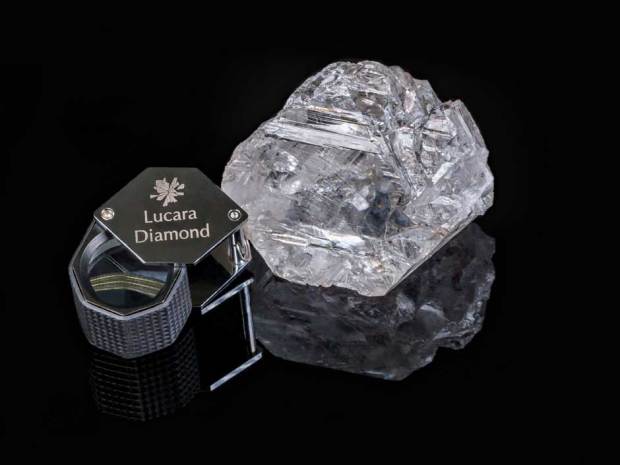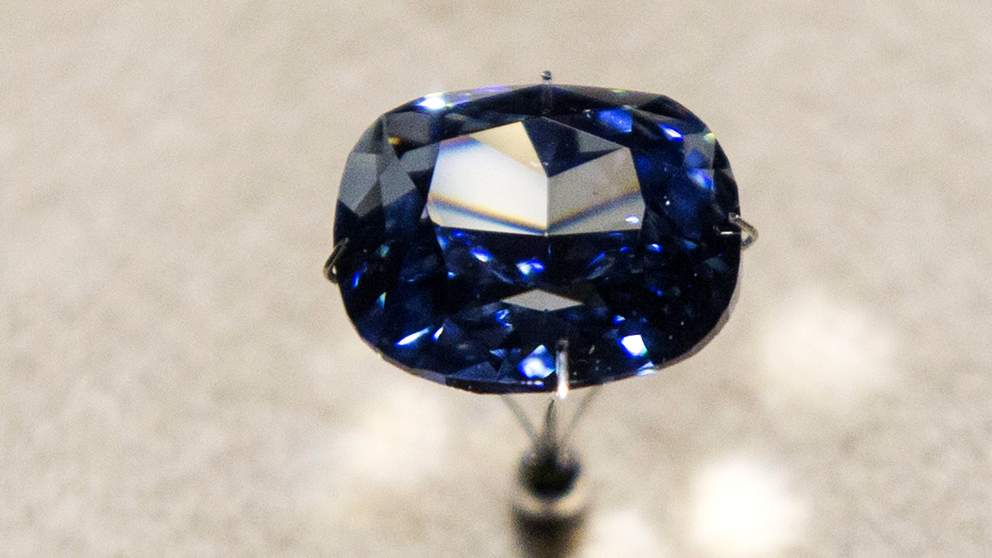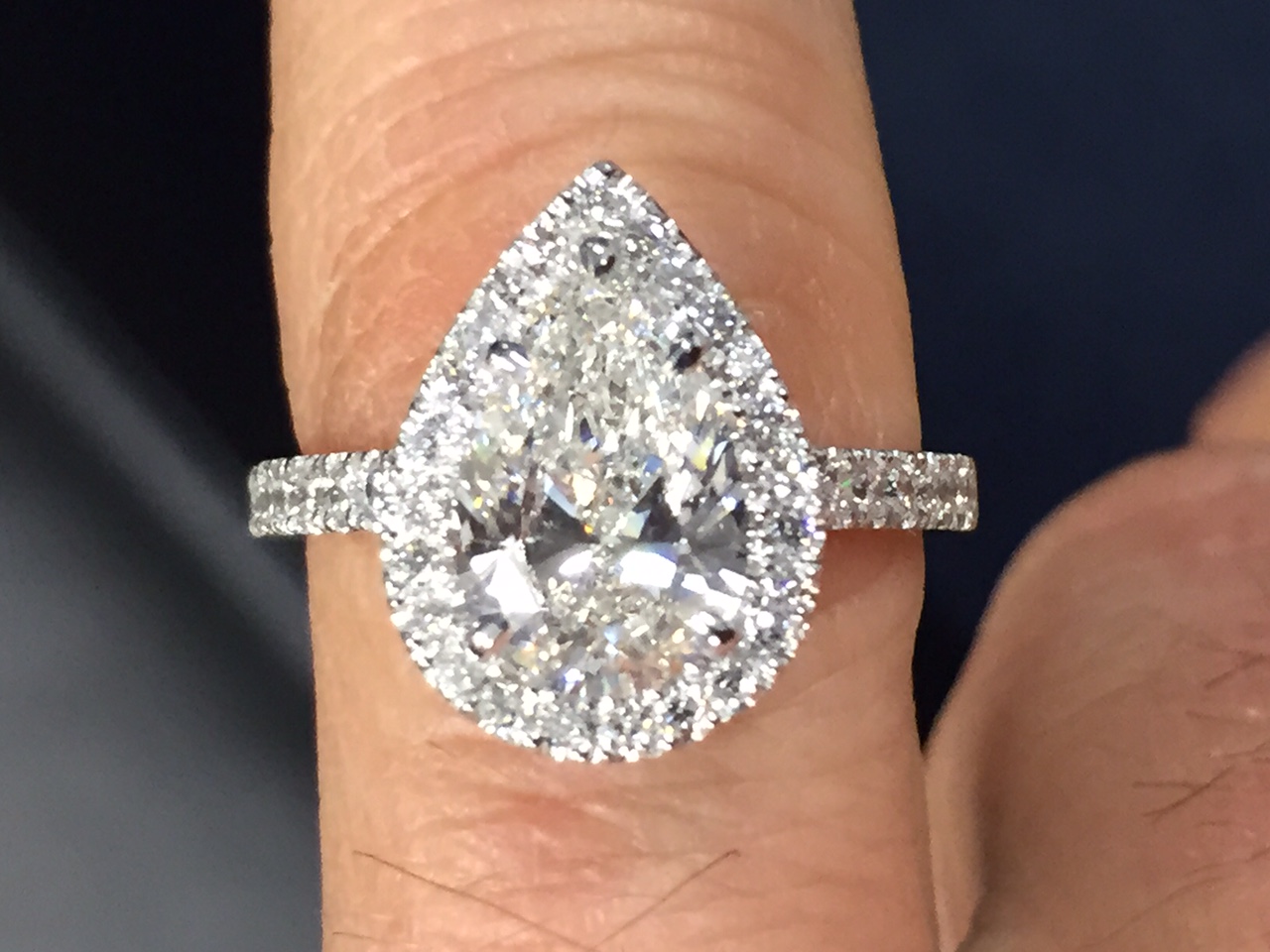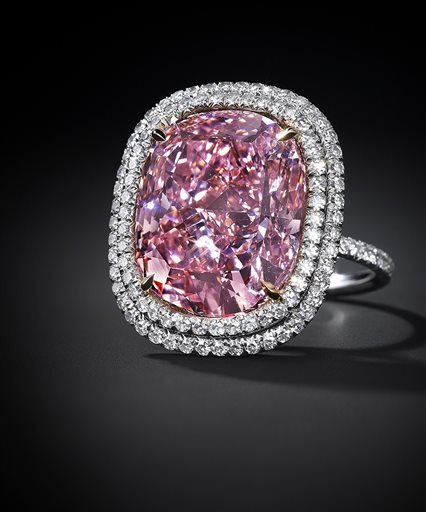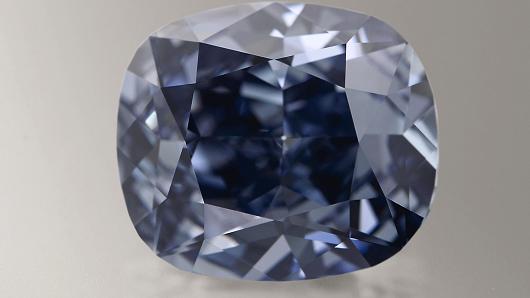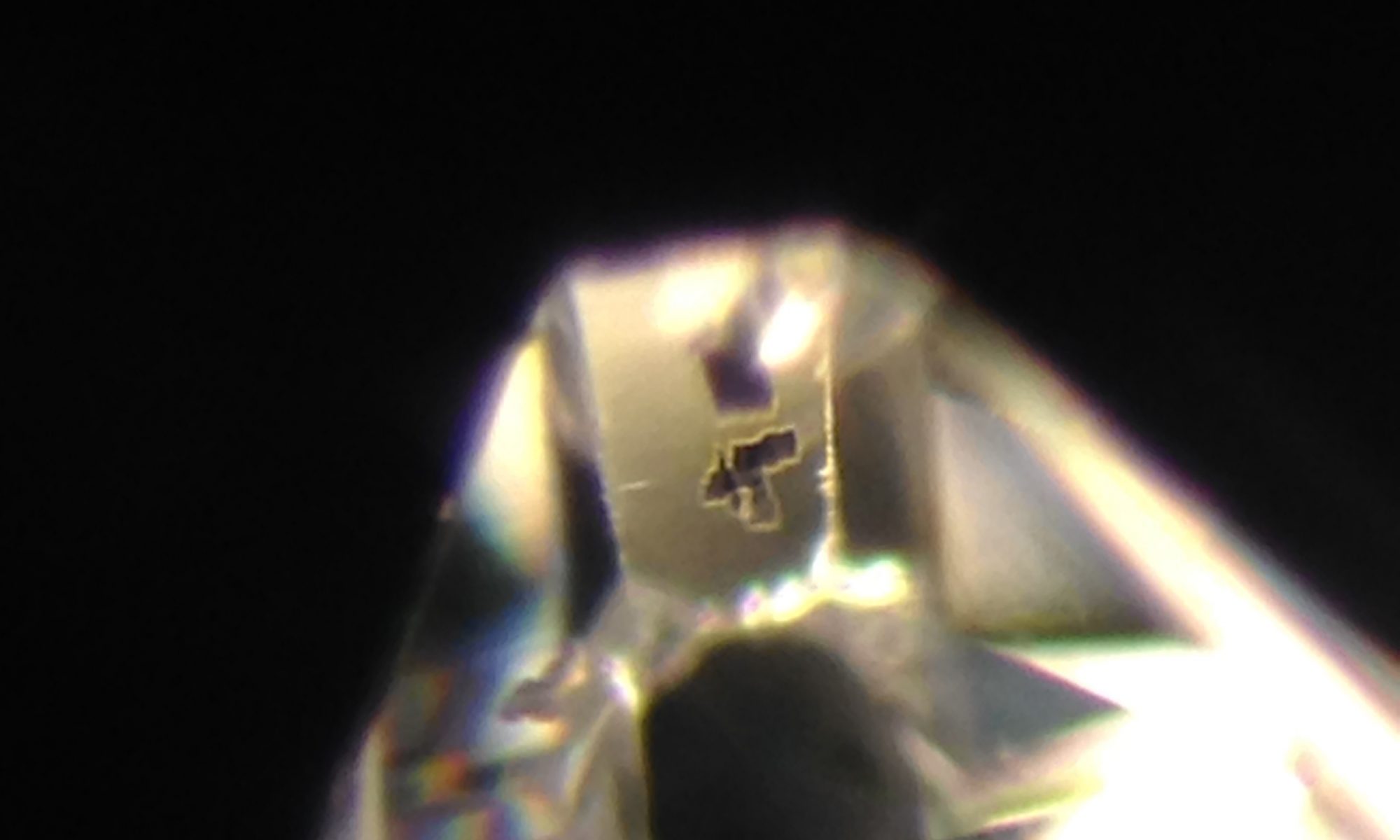Lucara Diamond Corp has recovered a 1.111 ct diamond at the Karowe mine in Botswana.
The second largest gem quality stone ever mined is the most important discovery is recent history.
The diamond second only to the legendary Cullinan diamond, which was recovered in South Africa in 1905 and weighed 3,106.75 carats.
The 1.111ct rough diamond is a white Type IIa diamond considered the purest form of diamond.

Antwerp The Correctional Court in Antwerp handed down “extremely harsh” sentences and levied “substantial fines” against four diamond traders accused of bribing a grader at HRD Antwerp to give their diamonds higher color grades than they deserved.
The Antwerp World Diamond Centre (AWDC) announced the sentences via a press release circulated Monday titled “No mercy for those involved in certification fraud.” On Tuesday, an AWDC spokesman said that the traders received up to 30 months in jail, 15 of which is effective immediately.
Although the AWDC is not releasing their names, the spokesman did reveal that three of the traders are from India–from Surat, Bhiwandi and Mumbai–and were managers of Belgian diamond companies. The fourth is from Sierra Leone.
The grader, whose name also is being withheld, received a “heavy” sentence as well, 18 months in jail, 9 of which is effective immediately, and a substantial fine in the case.
The AWDC did not have specific information on the amount of the fines. Judicial authorities in Antwerp could not immediately be reached for further comment on the case.
The HRD Antwerp grading bribery case dates back to March 2012, when news first surfaced that the lab fired a total of four graders for what it called at that time an “unprofessional act.” That June, a total of four people–reported to be two diamond traders, an HRD employee and a “facilitator”–were arrested in connection with the case.
The AWDC said there is another firm allegedly involved in the case and that the public prosecutor in Antwerp is submitting an appeal to enable this firm to receive an “even heavier” sentence.
Source:nationaljeweler.com

Last week, the Correctional Court of Antwerp delivered a verdict in regards a case concerning the deliberate provision of incorrect diamond certificates by employees in 2012. Following the verdict, the Court imposed severe sanctions on the involved parties including effective incarceration, forfeiture of certain rights and substantial financial penalties and compensations.
At the start of the process in 2012, HRD Antwerp and parent company AWDC both have declared themselves civil party due to significant reputational damage. Throughout this case, HRD Antwerp has had full confidence in the investigation by the prosecutor’s office but has never been directly involved.
The involved diamond companies and their representatives have since been declared persona non grata and are no longer customers at HRD Antwerp. The involved employees where immediately fired due to severe professional errors.
“HRD Antwerp fully supports the recent ruling of the Court in regards this unfortunate case. It’s extremely important such violations do not remain without consequences. The imposed sanctions are therefore a strong signal towards the industry that such practices are not tolerated. We like to thank our customers for their loyalty and confidence despite this isolated case†says Peter Macken, CEO HRD Antwerp.
The Blue Moon Diamond has been sold for a record US$48.26m at Sotheby’s in Geneva.
The sale price is a record per carat and for total value for any gemstone.
Blue Moon Diamond has no inclusions and has been officially declared flawless.
The 29.62-carat diamond was found at the Cullinan Mine in South Africa in January last year, blue diamonds make up only 0.1% of diamonds unearthed at the mine.
It was then cut and polished in New York, a process which took six months and eventually produced the 12.03 carat vivid blue gem.
DCLA valuation services for loose or set diamond jewellery. Valuations for insurance or resale with optional cold laser inscription.
Expert Valuation Services for Your Personal Items
Acuval offers professional valuations for your personal items through a network of certified expert valuers. Our signed and certified valuations can be utilized for various purposes, including insurance coverage, asset management, estate planning, resale, auctions, and inheritance.
The GIA has invalidated another 1042 diamond reports.
GIA alert
Sarine Launchs a Super-Fast small rough mapping technology system for rough diamonds.
The Galaxy technology is now implemented in Meteor, a system specifically targeted at the smaller rough diamond segment, enabling a fast, efficient inclusion mapping solution for manufacturers of smaller goods. The Meteor will increase the speed of scanning up to 220 stones per day.
Sarine technologies Israel’s foremost diamond equipment producer, focuses on the evaluation, planning, processing, finishing, grading and trade of diamonds and gemstones, said the new system will provide faster, cost-effective inclusion mapping for small rough diamonds.
This vivid pink diamond could break records at auction. The 16.08 ct is featured at the Christie’s auction and it’s estimated to bring as much as $28 million.
Fancy vivid pink colour is the purest and strongest saturation; this could mean a record price per carat for the 16.08 carat vivid pink diamond when it’s offered in Geneva on Nov. 10.
Christie’s auction house said it is the largest cushion cut vivid pink diamond of its kind to come to auction.
A 8.72 carat pink diamond of the same grade and shape sold for $15.9 million at auction in May.
Sotheby’s Magnificent Jewels auction in Geneva this November will showcase ‘The Blue Moon’, diamond.
The exceptional 12.03 carat internally flawless fancy vivid blue diamond, the highest possible grade for one of the largest fancy vivid blue diamond’s known to exist.
Sotheby’s estimate the Blue Moon diamonds value between $35 and $55 Million USD
The Blue Moon was discovered in South Africa
It is important to understand there are two very different categories of lasers used for diamond inscription; hot lasers and cold lasers. Hot lasers are YAG lasers and Cold lasers use Excimer laser technology.
Simply put the PhotoScribe Cold laser system is the only laser system guaranteed 100% safe for diamond inscriptions.
Hot lasers will chip or fracture diamonds. High quality polished girdles are especially at risk for fracturing or chipping with "Hot" lasers.
The picture is a classic case of the damage done by hot laser. This will lower the value of your diamond by changing the clarity grade or polish grade of the diamond.
Make sure your diamond is Cold Laser inscribed before you buy it.
Call or visit DCLA for more information.

